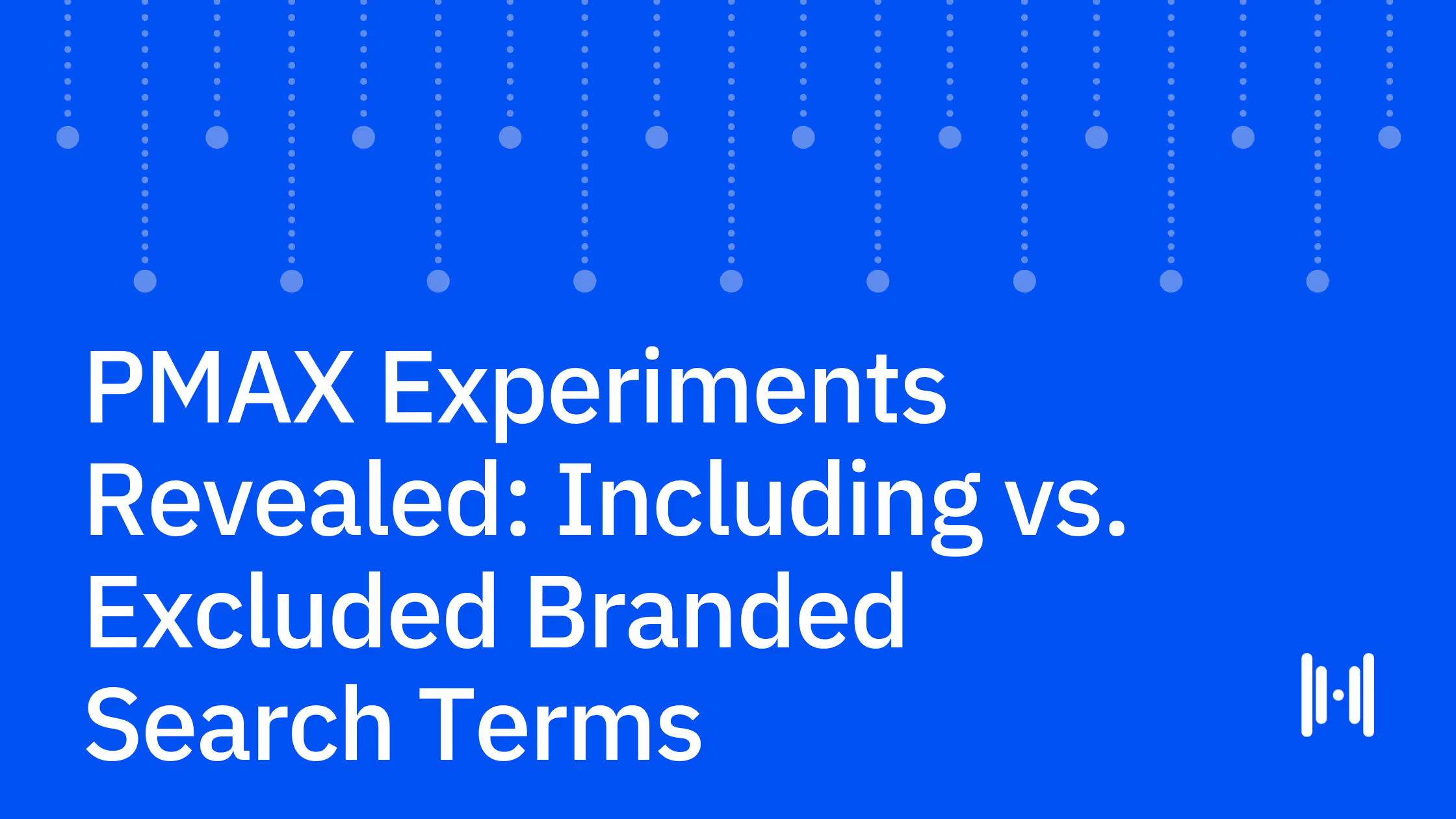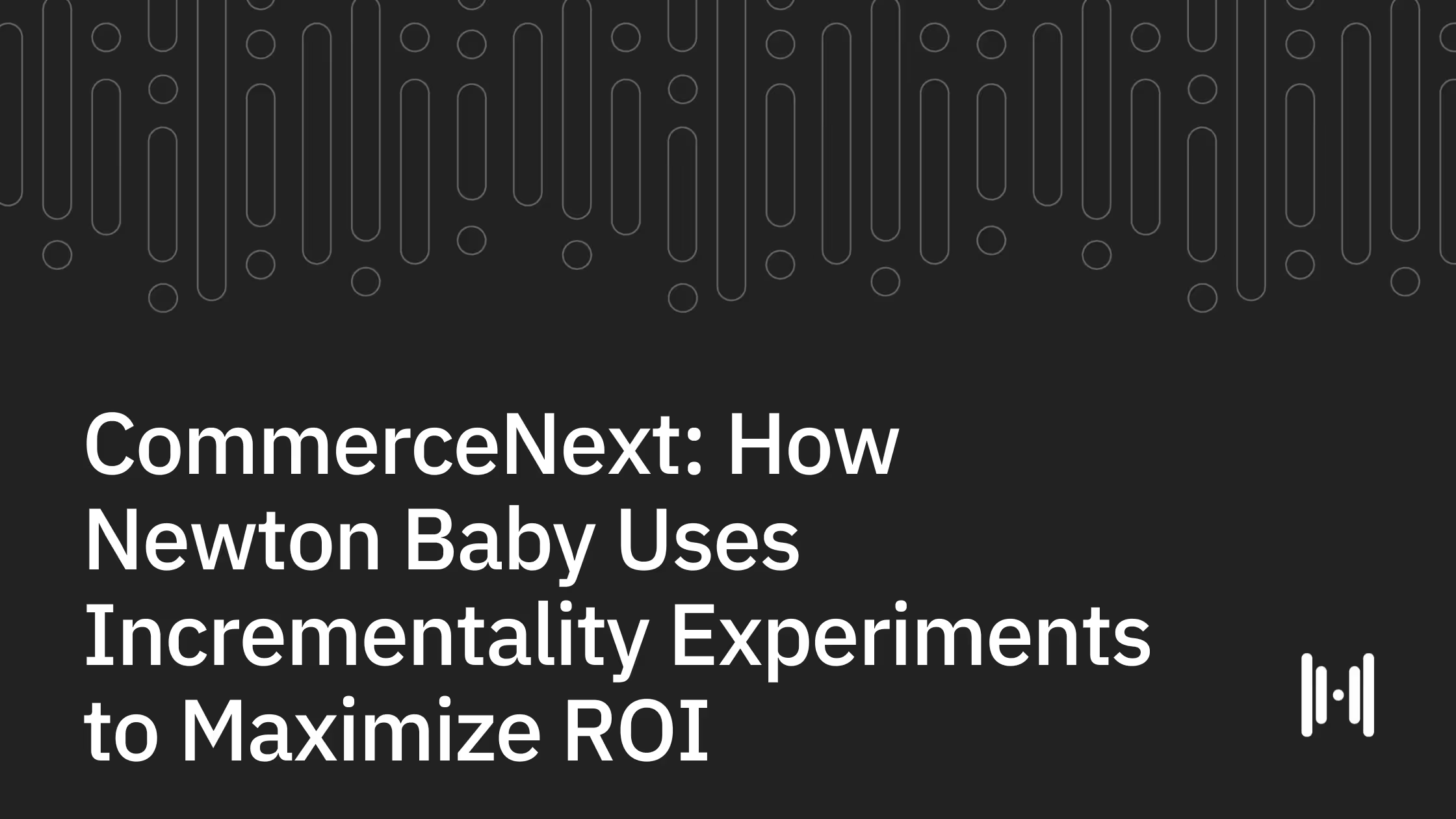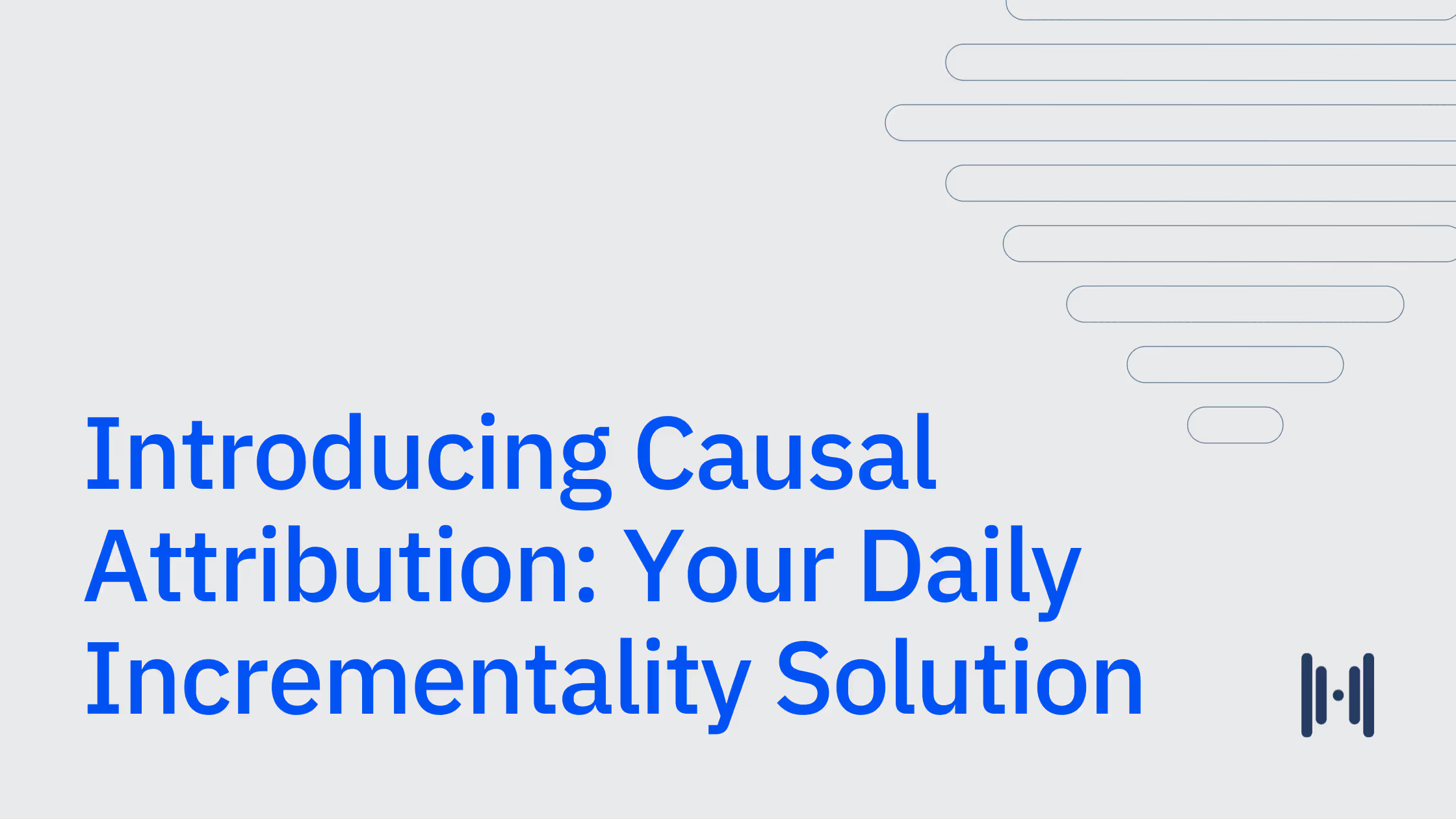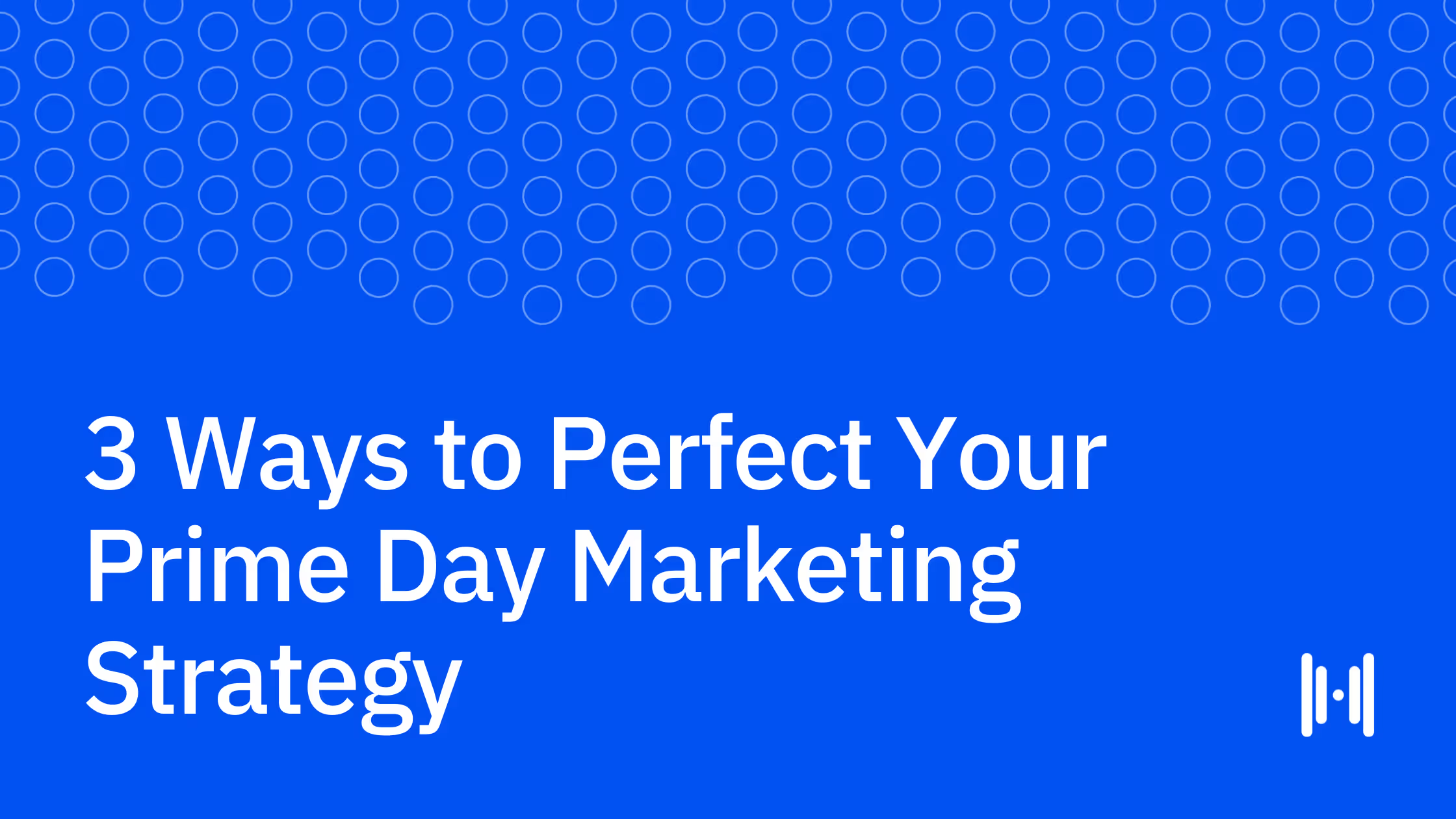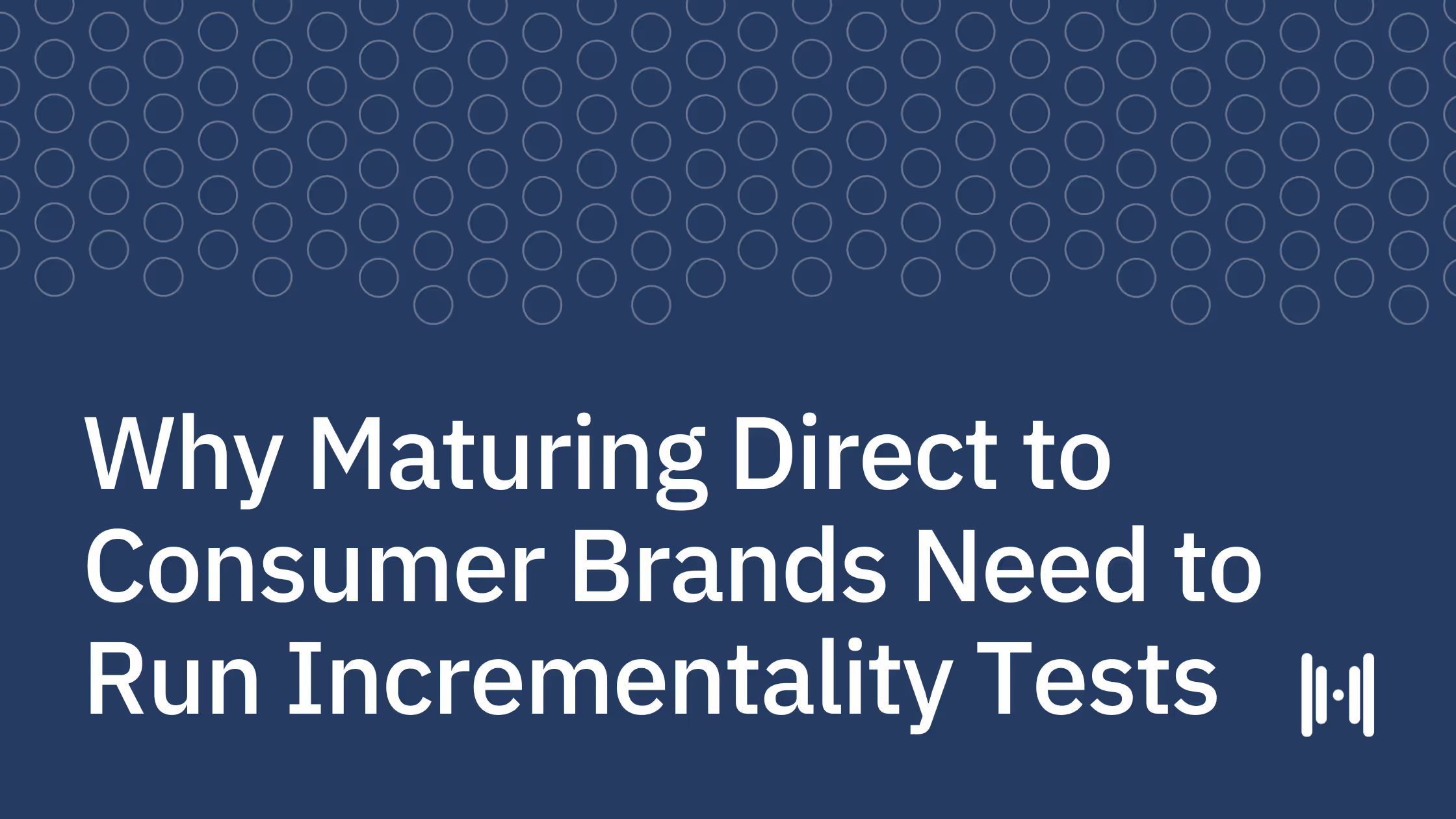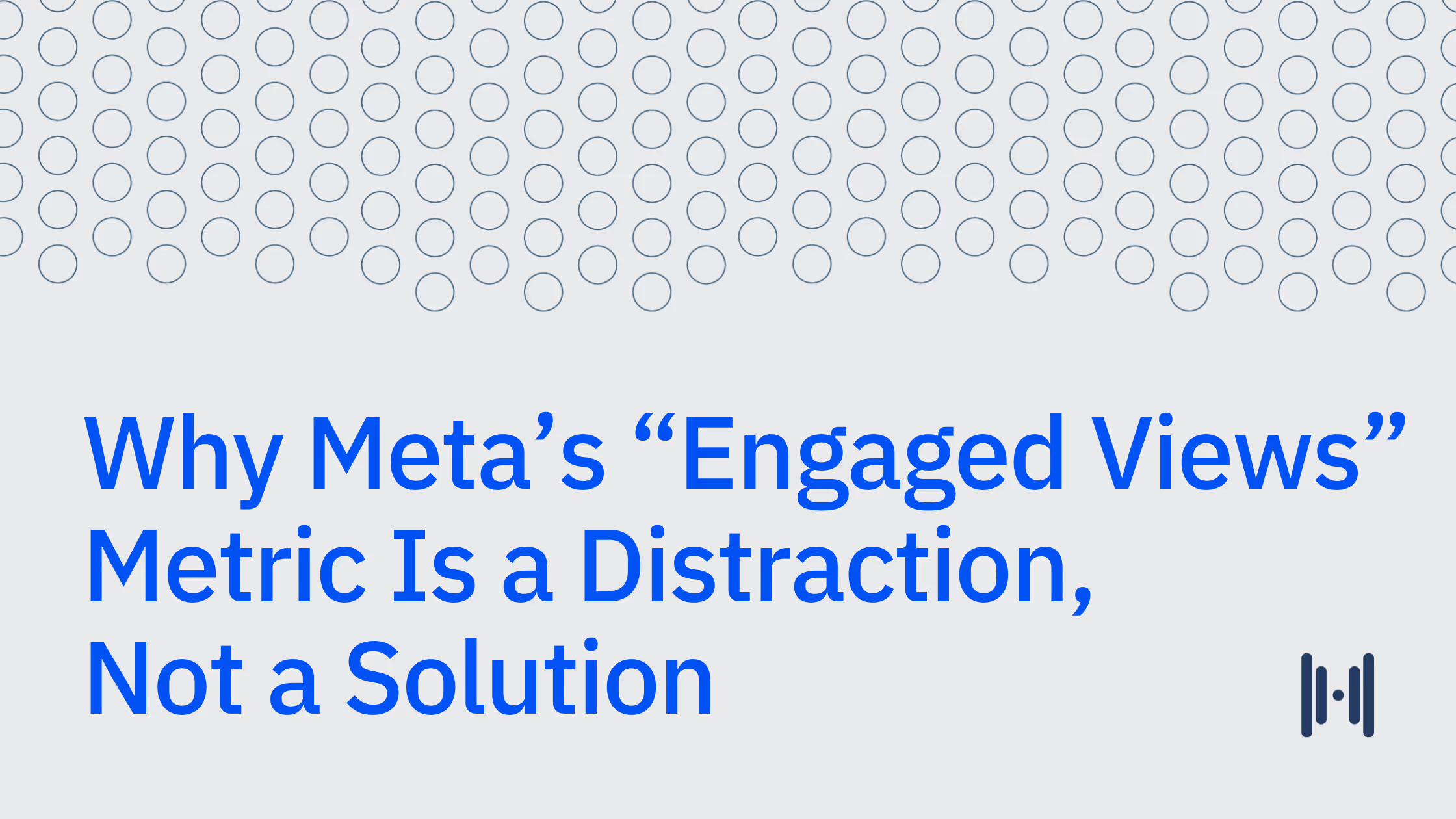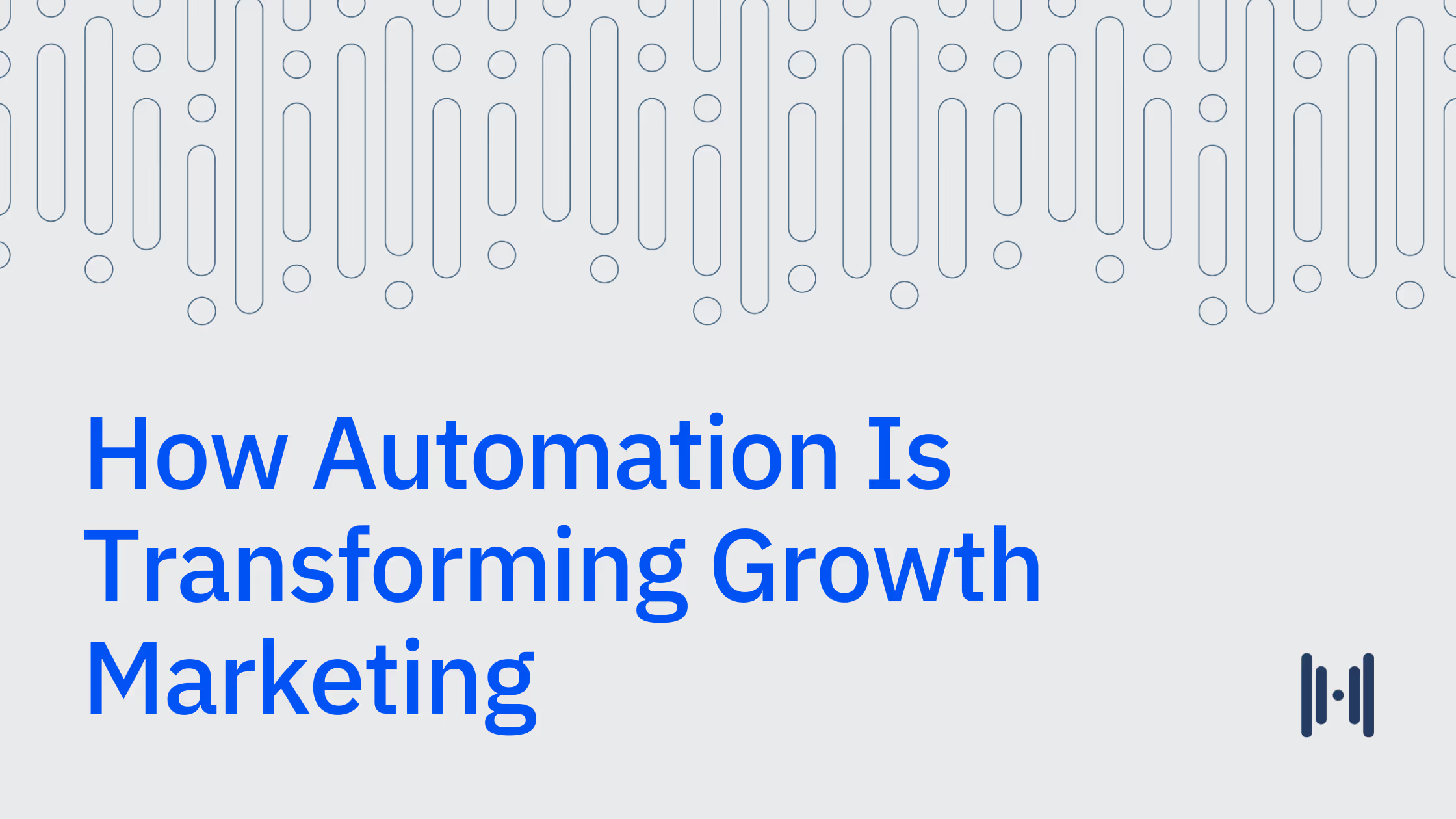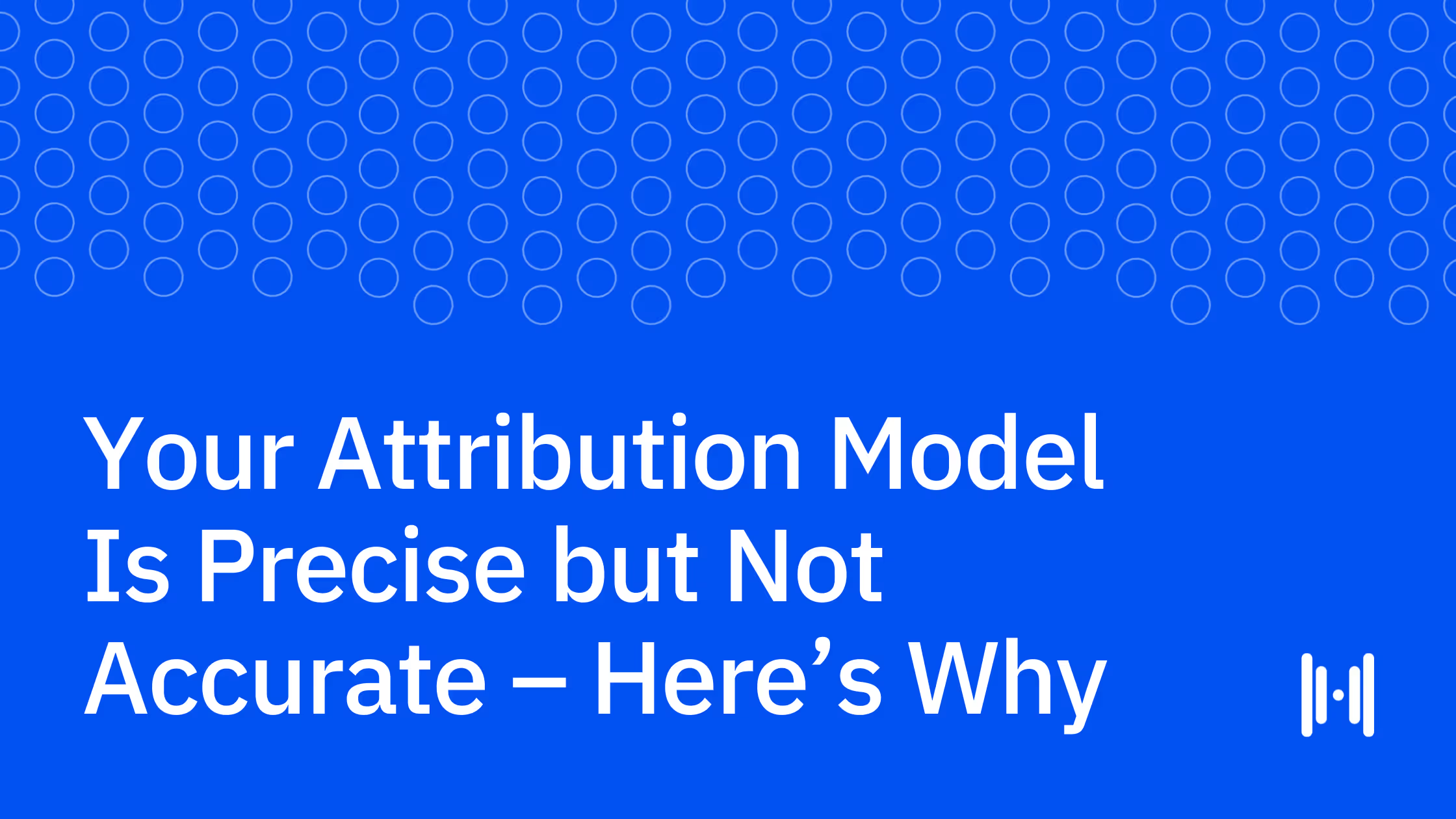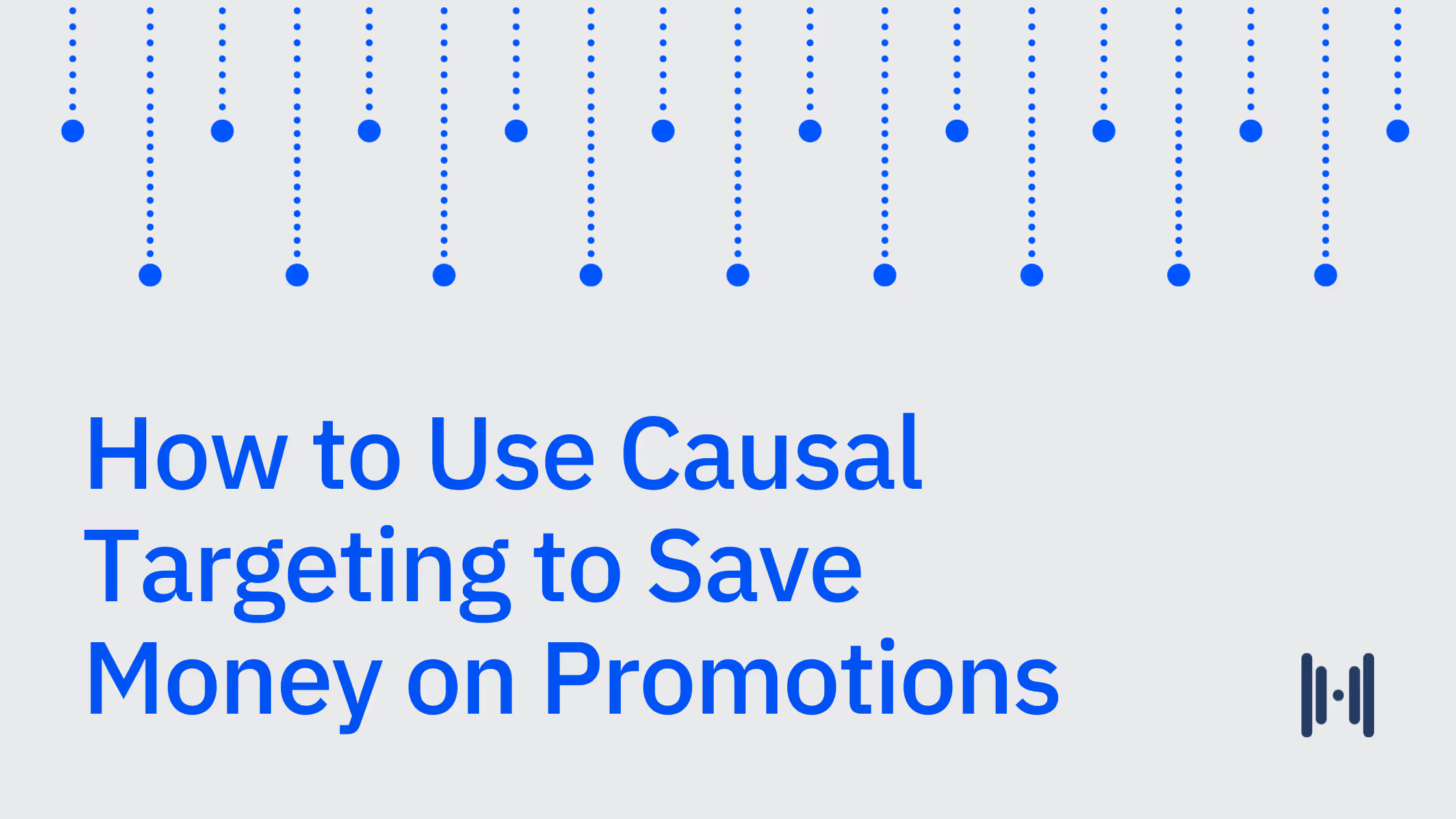
Even as data-driven marketing surges forward, identifying the channels actually driving your sales is becoming more difficult.
Data privacy laws have been around for a while (starting with the EU’s GDPR in 2016 and California’s CCPA in 2018), but they’ve expanded rapidly in recent years due to consumer pressures. With Apple’s 2021 release of Apple iOS 14.5, app developers must now include a prompt that allows users to opt-in or opt-out of data tracking. In 2022, Google announced it’ll be getting rid of cookies and Virginia, Colorado, Utah and Connecticut joined California in creating data privacy laws.
For marketers, these new regulations signal a necessary shift in how they collect and use customer information. Without third-party data to work from thanks to Google’s cookie deprecation, many tried and true methods for tracking ad effectiveness will be much harder to implement.
In this article, we’ll compare two different approaches: user-level attribution (both single-touch and multi-touch), and geo testing. We’ll share each method’s benefits and drawbacks before explaining why geo-experiments are the best way forward.
Single-Touch Attribution
In our hyper-connected world, customers rarely purchase things on the first visit to a site.
They may get pulled in first by an Instagram ad, surf your site, sign up for your newsletter in exchange for 10% off…and then wait. Maybe another targeted ad or a positive review from an influencer a few days later will finally make them buy. But which strategy really fueled their interest? And which one finally made them convert?
What is Single-Touch Attribution?
Single-touch attribution is a model that gives all the credit of landing a new customer to just one touchpoint in your marketing funnel. Think of it as crediting the striker alone for winning a soccer game—or the goalie for losing it—instead of acknowledging that the final score is a group effort.
The “single touch” approach is sometimes given to the first interaction a buyer has with your product, but the most common single-touch attribution model is last-click attribution.
Last-click attribution gives conversion credit only to the last contact a customer had with your product. In the above example, the positive influencer review the buyer saw right before converting would receive all the credit. Marketers who use last-touch attribution are primarily concerned with the performance of their bottom-of-funnel strategies.
While last-click attribution certainly has its place – especially if your goal is to have a real-time view of performance – click-based attribution is not without its drawbacks.
Pros and Cons of Last-Click Attribution
The biggest benefit of last-click attribution is its simplicity. Because analyzing this data is pretty straightforward, many marketers use last-click attribution to understand ad effectiveness. But this simplicity is also its greatest weakness.
Last-click attribution confuses correlation with causation. It tends to over-credit the channels that drive the least incrementality – that is, the channels that contributed least to the eventual conversion. That’s because it weighs people who would’ve converted anyway without the last-click interaction the same as the buyers who converted because of it.
Giving credit to the wrong part of your marketing strategy can spell disaster for marketers using last-click attribution. It could cause you to stop spending money on the touchpoints that are leading to the conversion, or waste funds on the very last touchpoint, without seeing a return on investment for doing so.
What’s more, single-touch attribution models rely on cookies and user level data to work. This information will become harder and harder to come by as consumers begin restricting their sharing of personal data.
Multi-Touch Attribution (MTA)
Last click may be the quickest and simplest marketing attribution model, but multi-touch is a more holistic approach. Instead of giving all the conversion credit to the first or last touchpoint a customer hit, MTA takes all inputs into account. This approach acknowledges that multiple marketing tactics can all be partly responsible for the final conversion.
What is Multi-Touch Attribution?
Multi-touch attribution is a technique that analyzes all customer touchpoints and assigns credit in a percentage to how much each touchpoint contributed to a conversion.
The basic idea is that you map out a customer journey with different checkpoints in the process corresponding to different marketing techniques. You weigh each checkpoint differently based on how much you think each one contributed to the final conversion.
Say you’re trying to increase sign-ups for your productivity app. You review a customer’s touchpoints with your marketing to understand what actions led to that sign-up.
- The lead first hears of your product by doing a Google search for productivity techniques. Your site comes up in the top results thanks to a paid search ad. The lead spends a few minutes on your website before navigating away. You determine this paid ad was a valuable first step, but not the one that convinced them, so you give it a 20% weight.
- Based on their search activity, the lead is served a Facebook ad for your app a few days later. They once again click through to the site. But on this visit, they spend more time exploring your different subscription plans. You determine this Facebook ad was more valuable than paid search because it led to a longer site visit and more research, but still isn’t the most important approach. You give it a 30% weight.
- A week later, the customer logs onto Youtube. A suggested video is one of their favorite influencers talking about how much your app has helped with their productivity. After watching the video, the prospect finally signs up for a subscription to the app.
When it’s time to budget your resources for next year, you’ll likely allocate more marketing spend to influencer promotions to capitalize on these results.
Pros and Cons of Multi-Touch Attribution
Because MTA considers every touchpoint, it attempts to give marketers a more holistic picture of their marketing efforts. They can assess the value of each touchpoint – instead of crediting a conversion to just one step – so they know how to make the most of their marketing budget.
Multi-touch attribution shares two big drawbacks with last-click; it confuses correlation with causation, and it relies on being able to track your customer’s journey in the first place.
Like last-click, assigning arbitrary values of importance to various touchpoints in a sales cycle only proves correlation (that those activities were related to the customer’s experience), not causation (that the chosen touchpoint caused the conversion). MTA also can’t track offline factors that could be driving conversions, like word-of-mouth advertising. In the example above, if the lead actually subscribed because her sister recommended the app to her and not because of the influencer, for example, you could be putting all your marketing budget in the wrong place.
Also similar to last-click attribution, MTA relies on user-level data that will soon be difficult to source. Apple’s opt-in tracking requirement means most users are now keeping their activity private. This has also affected Facebook Ads’s analytics accuracy, mail tracking opportunities, and more. These restrictions are only growing – and very well could signal the end of attribution all together.
Geo Testing
In light of all the data and privacy changes, marketers need to future proof with solutions that do not rely on user identifiers. It’s time to refresh the techniques used before the era of cookieless data. Enter: geo testing.
What is Geo Testing?
With Haus’s geo testing platform, geographic locations (or geos) are selected based on our customer’s sales activities, and used to test different marketing treatments. The geos are then compared as a whole against a geo group that does not receive the marketing treatment to determine the effects of marketing on users in a particular set of geos. It’s the modern, streamlined version of the classic marketing experiment, matched market testing—which involves A/B testing markets with similar qualities.
Say, for example, that you want to determine the effects of activating a new marketing channel. Using geo, you start by assigning markets based on your customer activity, and then perform stratified sampling to balance treatment & control. You then implement the new target and holdout regions to your campaigns. At the end of the test, you can look at the difference in sales activity between the treatment and control regions in order to understand the effects of the new channel.
Advancements in econometric methods like synthetic control can ensure the results are more precise than a simple comparison. Let’s say you want to test more than one additional channel or strategy, for example. Haus’s geo experimentation platform supports multi-cell experiments as well.
Pros and Cons of Geo Testing
If geo testing initially seems like a lot of work, it can be. That’s why so many marketers abandoned matched marketing once cookies made user level measurement so much easier. But in a world with more and more privacy restrictions, this model will be the gold standard moving forward.
The biggest benefit of geo experiments is that they don’t require user-level data for measurement and attribution. Conversions aren’t determined by customers’ personal data, but bythe number of sales that took place in the specified location. Because geo testing doesn’t require user level data, both Facebook and Google are supportive of these experiments. Nearly all advertising platforms allow for geo targeting within their feature set.
As user-level tracking and multi-touch attribution are laid to rest, experimentation anchored on first-party data is the way forward. Geotesting is a near-universal approach for measuring the incremental effects of marketing across both upper and lower funnel tactics.
Partner with Haus for your Marketing Testing Needs
Navigating the new waters of a privacy-focused market can seem daunting, but it doesn’t have to be when you’re working with a trusted, experienced analytics partner. Haus’s analytics platform combines causal inference and econometrics to provide the marketing answers you want, with the cookieless attribution you need.
Ready to see it in action? Request a demo today.
.png)
.png)
.png)
.avif)


.png)
.png)
.png)
.png)
.png)
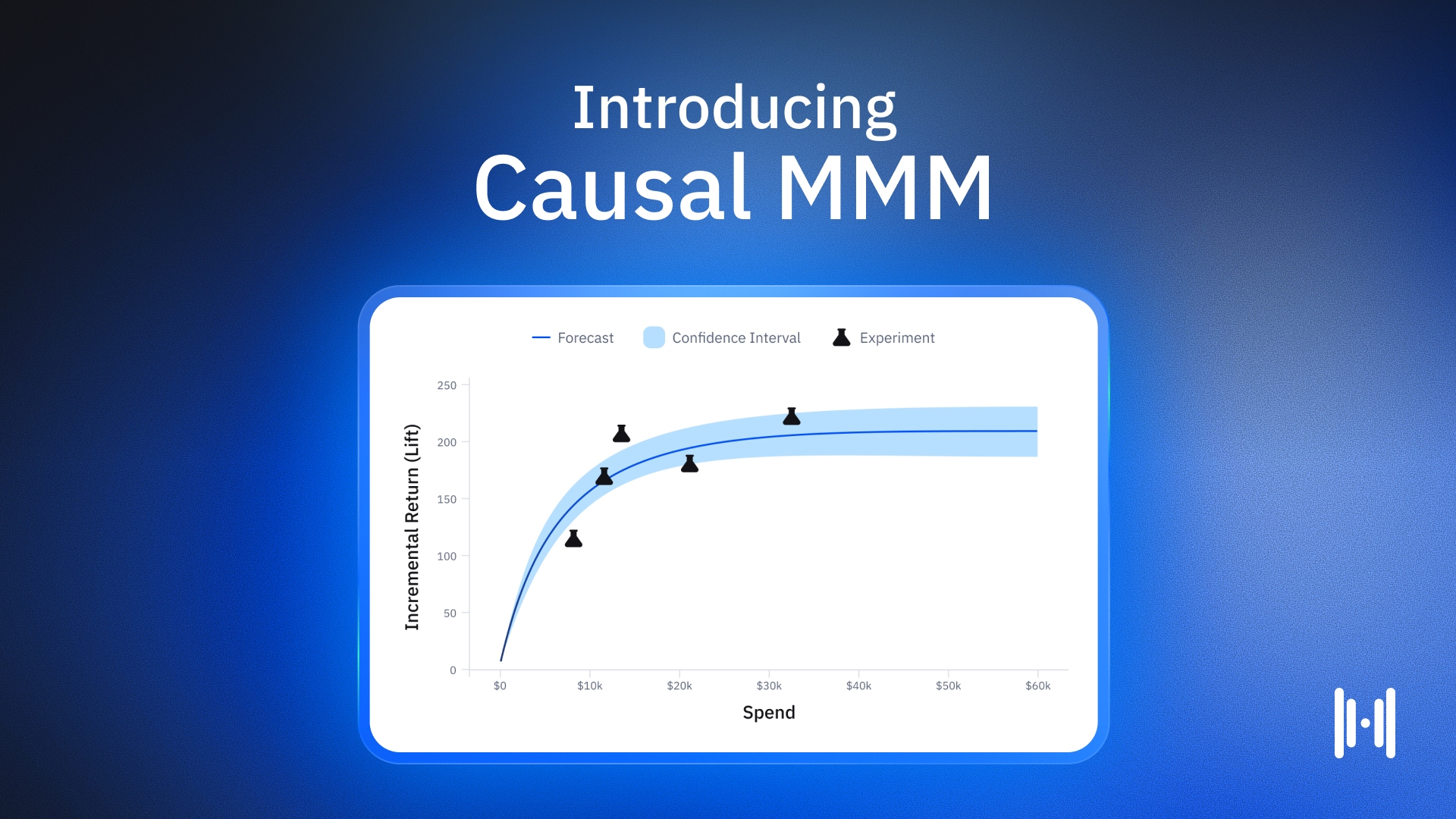
.avif)
.png)
.png)
.png)
.png)
.png)
.png)
.png)
.png)
.png)
.webp)
.webp)
.webp)
.webp)

.webp)
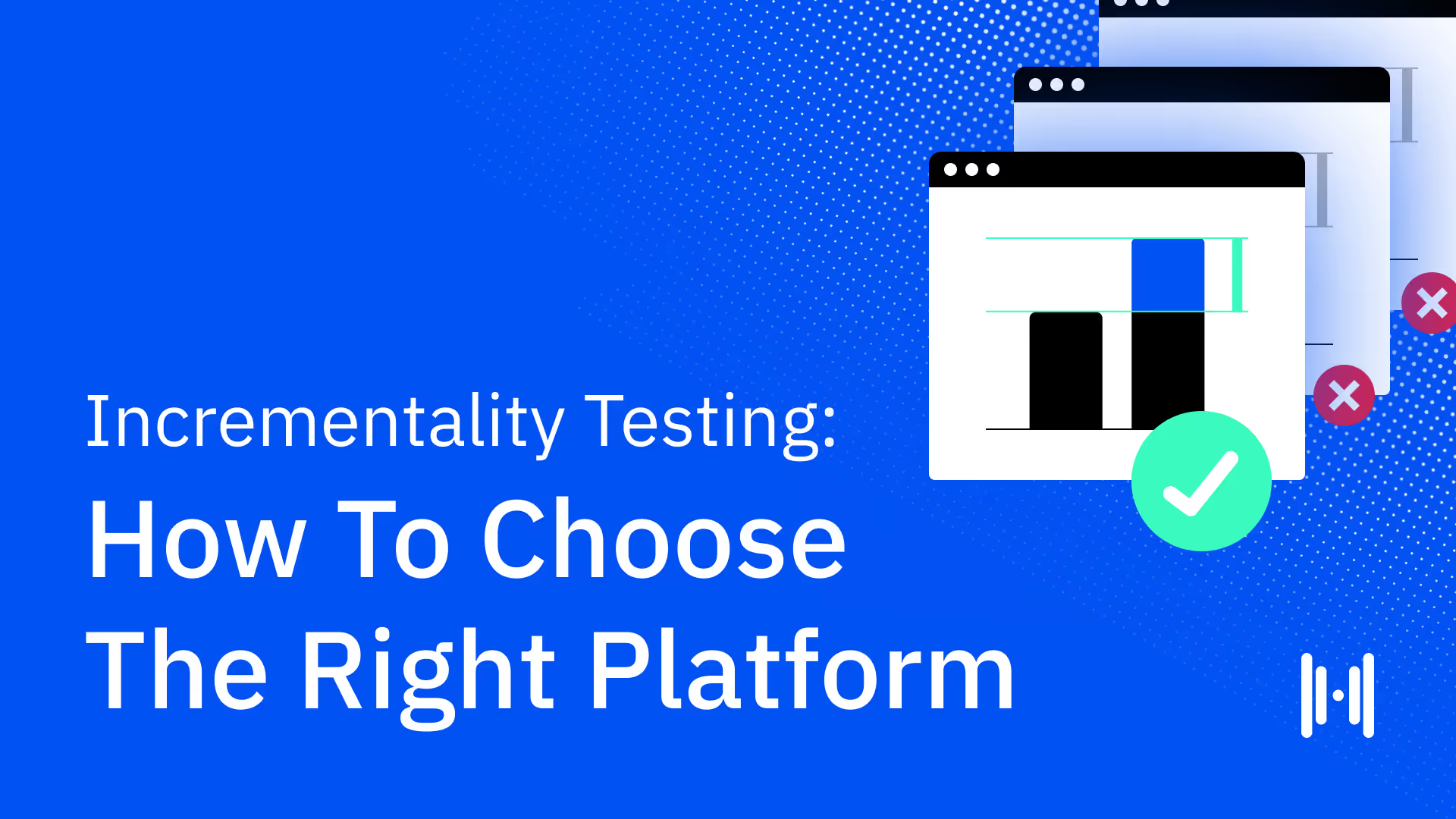
.webp)
.webp)
.webp)
.webp)
.webp)
.webp)
.webp)
.webp)
.webp)
.webp)

.webp)
.webp)
.webp)
.webp)
.webp)
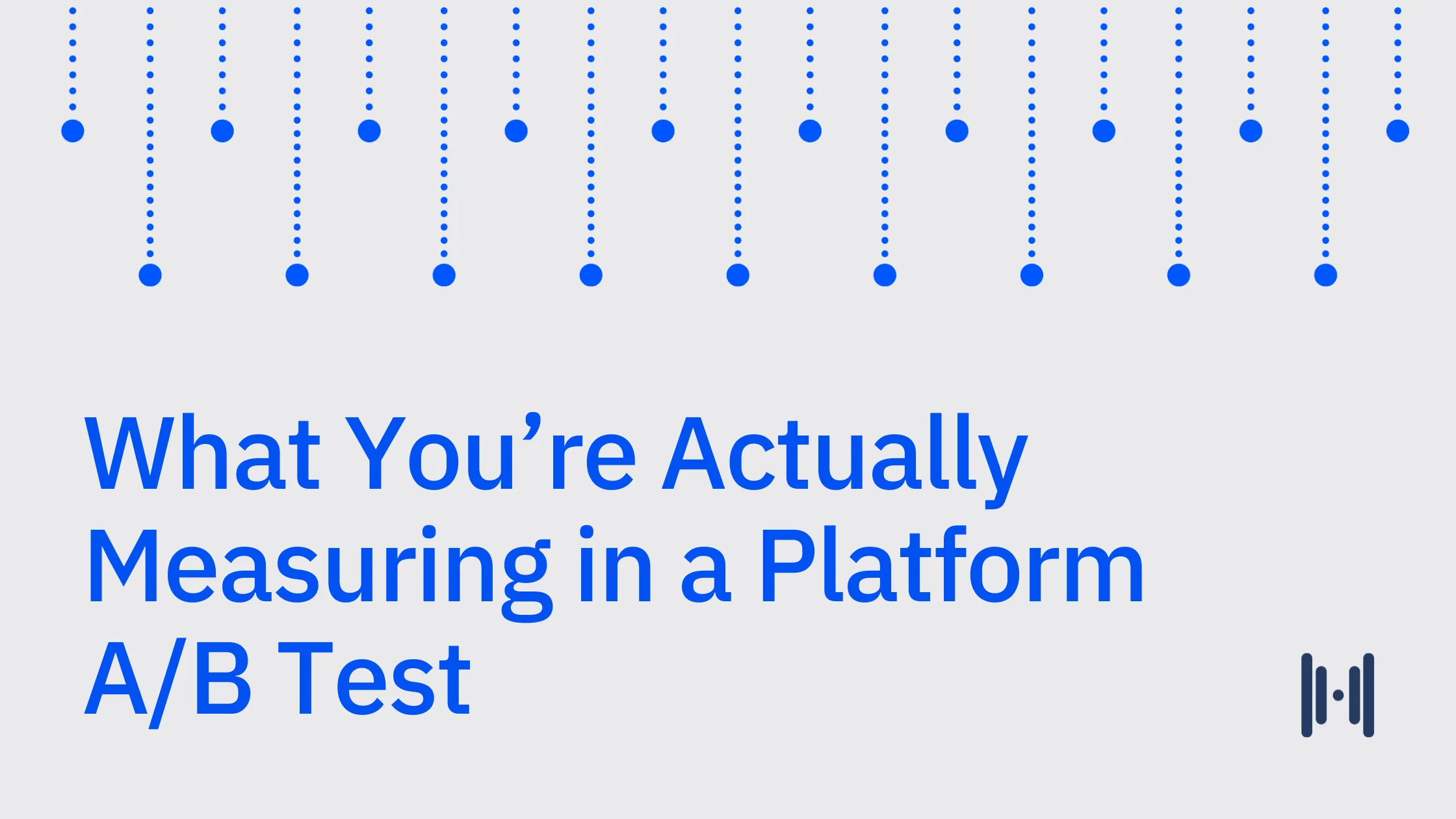
.webp)


.avif)
.avif)

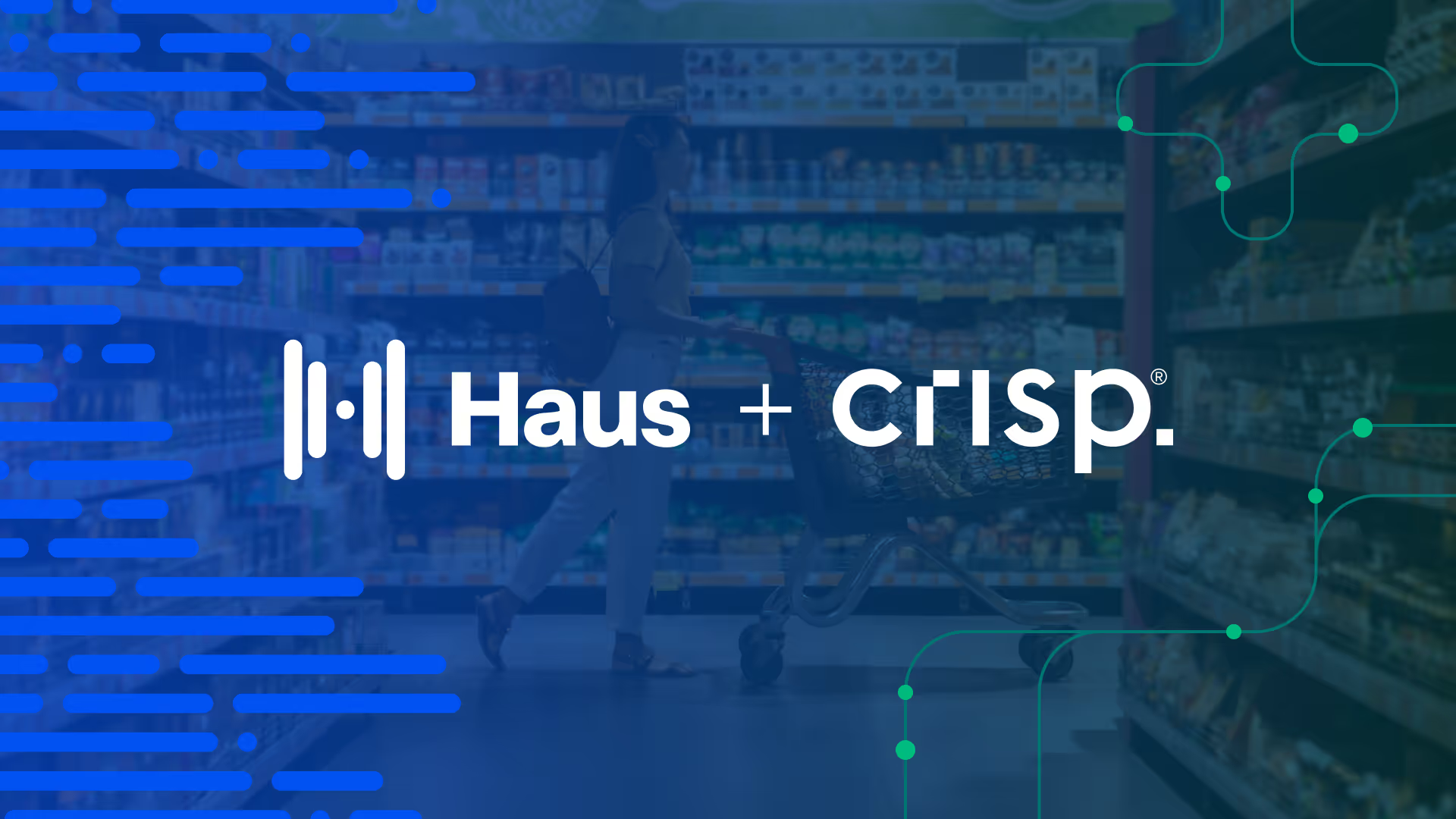

.avif)
.avif)
.avif)

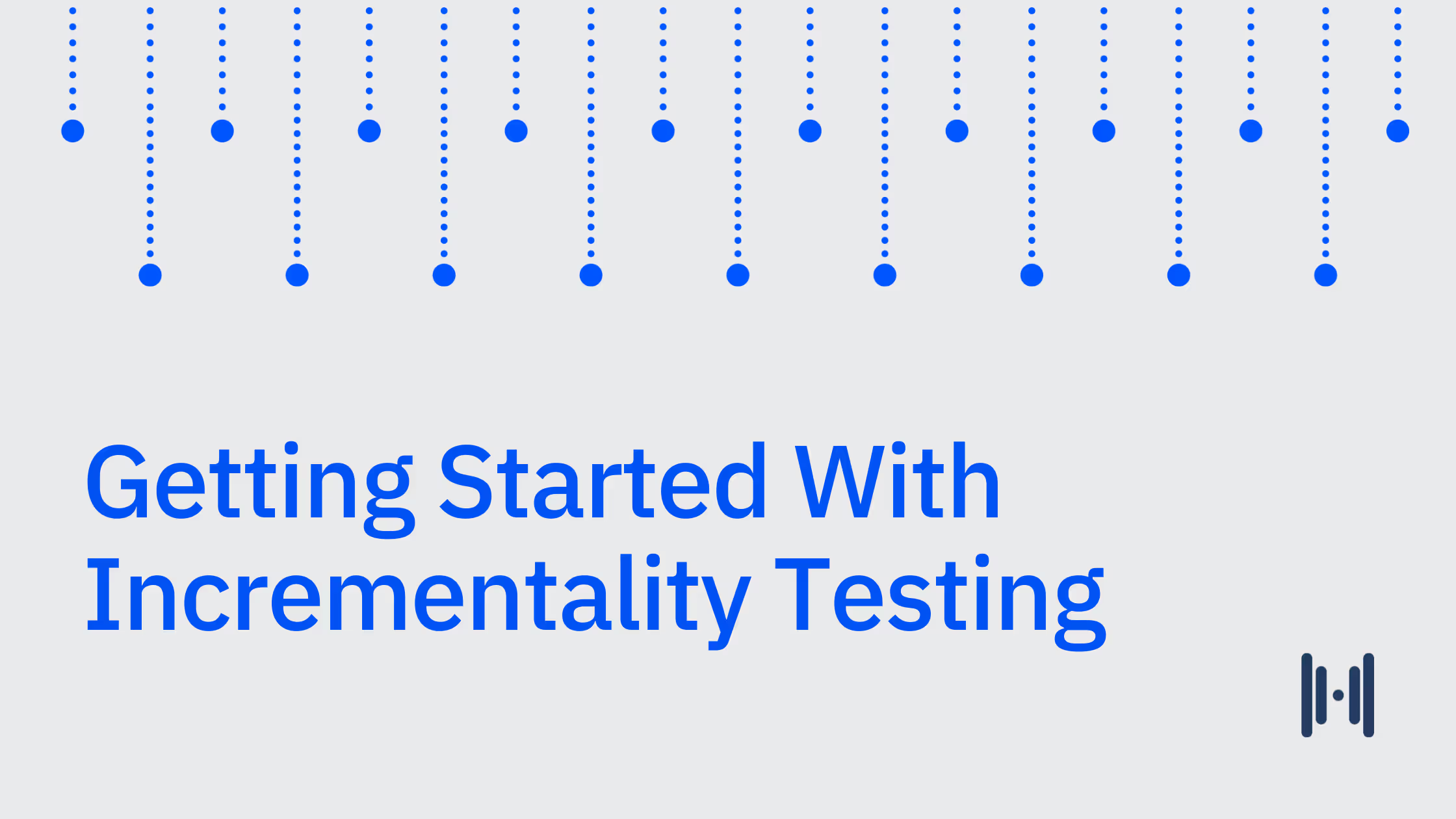
.avif)
.avif)
.avif)
.avif)
.avif)
.avif)

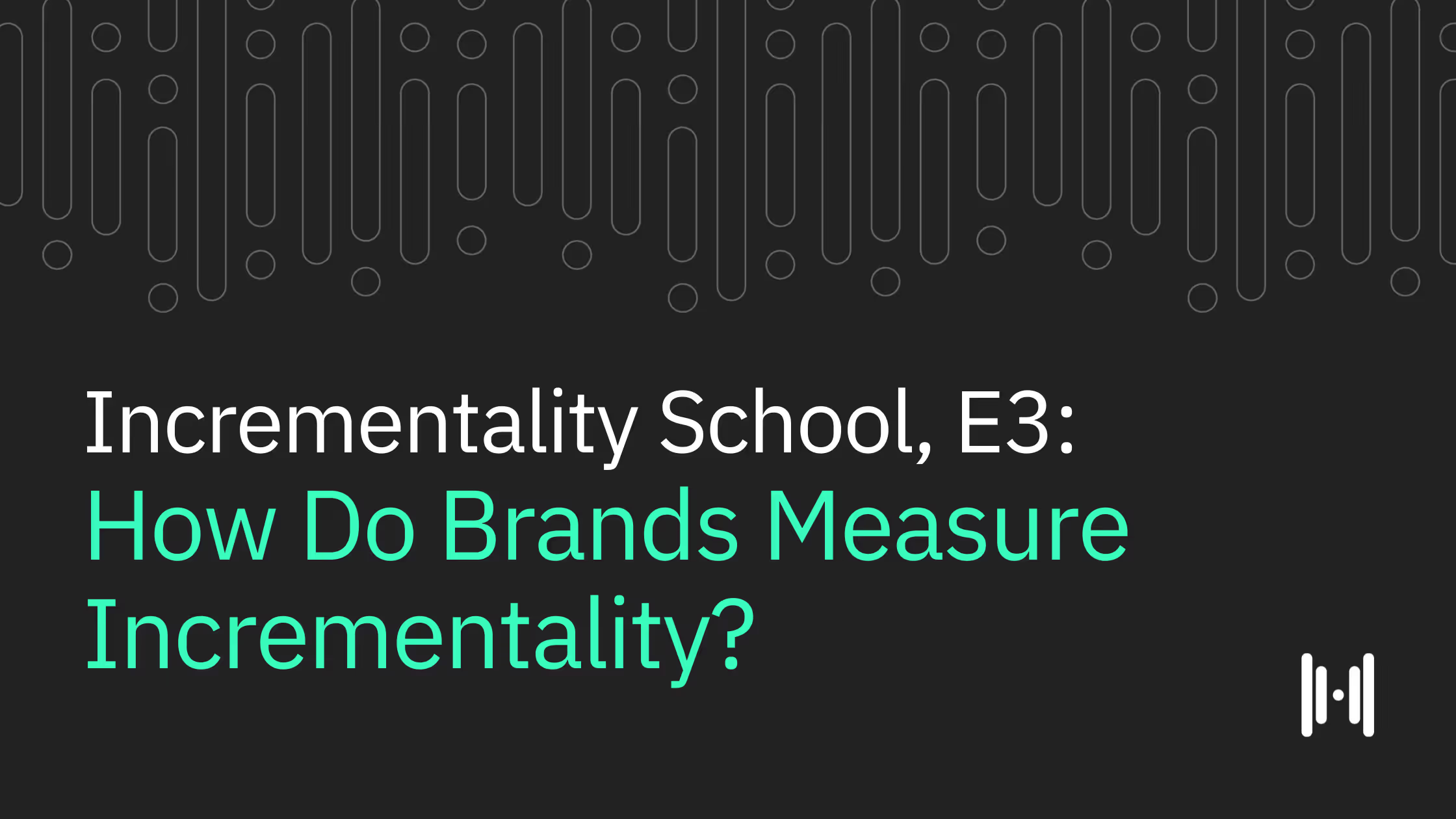


.png)
.avif)
.png)
.avif)
